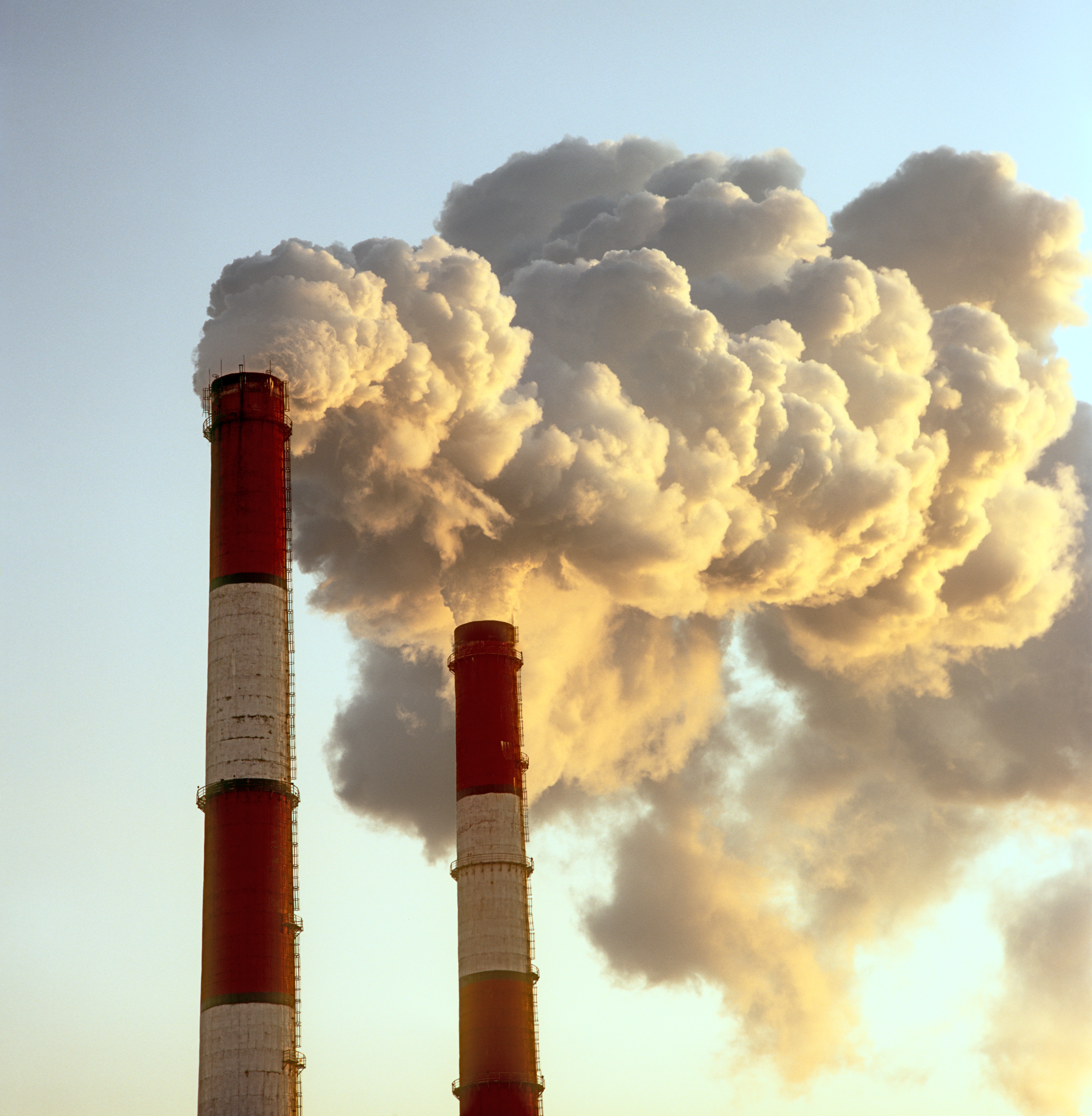Economy
Fed Rate Hike Conundrum: PPI Signals More Deflationary Pressure

Published:
Last Updated:

It is no secret that the Federal Reserve wants to raise interest rates. The Fed’s dual mandate has been easily met on the employment front, but inflation is just nowhere to be found. In fact, the Producer Price Index (PPI) indicates that deflationary pressure remains a larger risk than inflation.
Friday’s PPI report from the U.S. Department of Labor showed that wholesale prices for final demand fell, with a -0.4% reading for October. If you use the core PPI reading, which excludes food and energy, the PPI for final demand was also in the red at -0.3%.
What hurts here is that economists were calling for a small gain rather than a drop. Bloomberg listed the consensus estimates for PPI at a gain of 0.2% on the headline and a gain of 0.1% on the core PPI reading.
The year-over-year changes were mixed, but honestly were not much better. The annualized figure for headline PPI was -1.6% in October, and the core PPI reading was a gain of 0.1% on an annualized basis.
Sadly, even the service prices were down by -0.1%, but that was up 0.4% versus a year ago.
What matters here for PPI is that wholesale inflation generally has to rise for a couple of months or even longer before those prices trickle down into the consumer level. Producers and retailers usually have to clear out the inventory, and then there is the notion that wholesalers and producers often have a harder time passing on price hikes at the consumer level.
The Fed can justify a rate hike on the unemployment side, but deflation, and more easing expected from Japan, Europe and China, make the rate hike case that much harder to sell.
ALSO READ: The Most Iconic Product in Each State
Retirement planning doesn’t have to feel overwhelming. The key is finding expert guidance—and SmartAsset’s simple quiz makes it easier than ever for you to connect with a vetted financial advisor.
Here’s how it works:
Why wait? Start building the retirement you’ve always dreamed of. Click here to get started today!
Thank you for reading! Have some feedback for us?
Contact the 24/7 Wall St. editorial team.